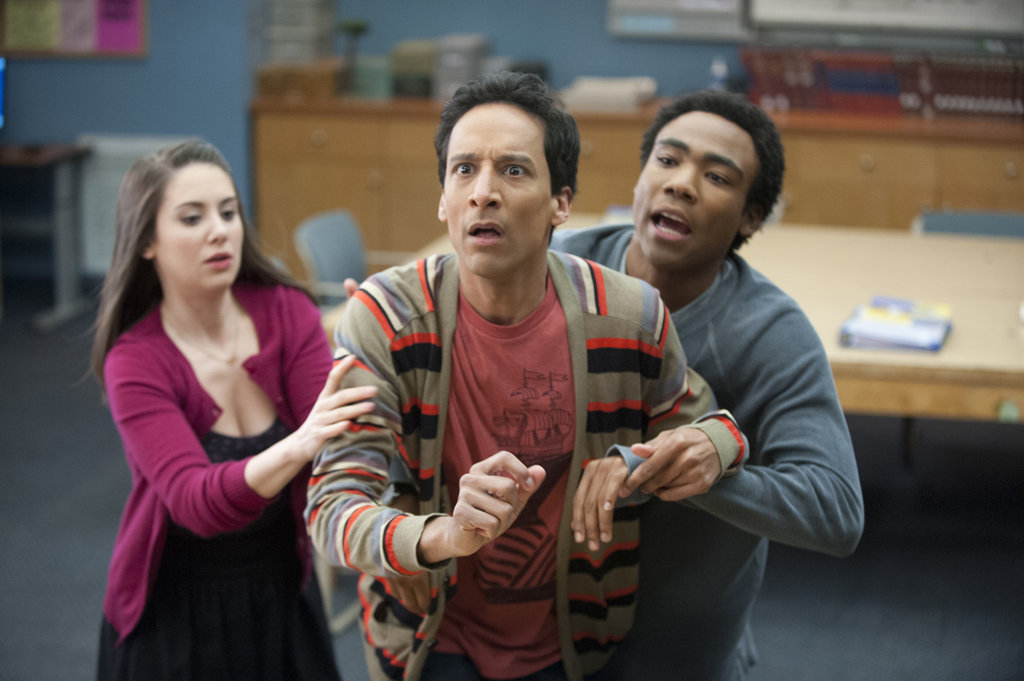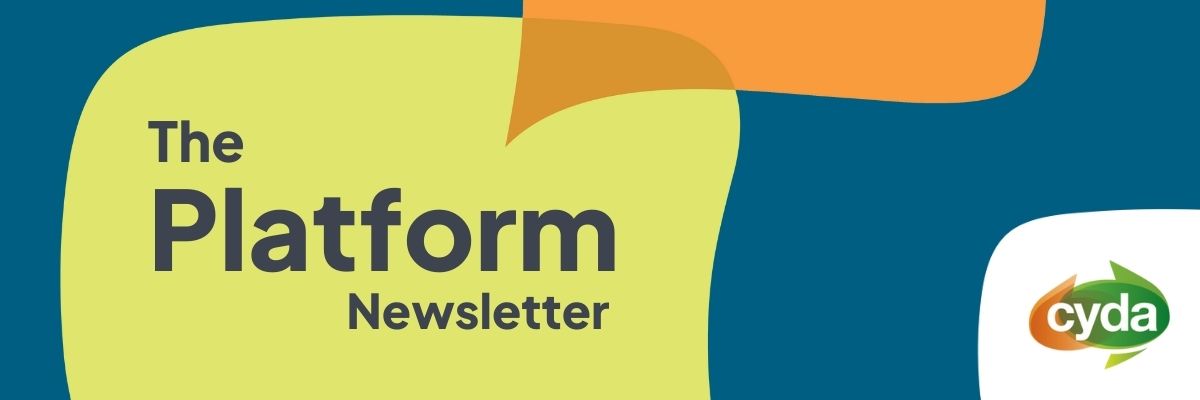Abed Nadir, or why good writing matters
Georgia Ferrari on how the hit show ‘Community’ gets neurodiverse representation right.
I started watching the show Community at the end of year 11, coincidently around the time that it was first suggested to me that I might be autistic. The show quickly became my favourite, as its meticulous eight-part story structure, which every episode followed, provided a sense of predictability that was much-needed when going into the infamously stressful last year of high school. Now, after four years, at least five rewatches, and one autism diagnosis, I can see why the show was so important to me: good representation.
Abed Nadir, a main character in the series, is autistic. Though never fully confirmed, the show hints at it many times, including Abed rapping the line in season three, episode 10: “On the spectrum? None of your business.” The creator of the show, Dan Harmon, also researched autism when writing for Abed, and through that research, Harmon discovered that he too, identified with autism.
The magic of the autistic representation in Community is due to the show’s incredible writing. Shows with autistic characters often have the same problems: the characters are seen as a burden, with their autistic traits causing conflict for the other characters, and their problematic behaviours are excused by them ‘not knowing any better’. Autistic traits are used as punchlines, and autistic characters are ‘redeemed’ by their ‘special’ abilities, said to be associated with the condition. Community not only manages to avoid all this, but also challenges these problems of bad representation within the show itself.
Throughout the show, Abed’s autism is never seen as a burden. The conflict in Community comes from navigating the differences of the seven main characters. While Abed is no exception, in that he comes from a different background, his autism is simply seen as a part of his identity, similar to any other aspect of his character. Conflict that surrounds differences in social communication is not solved by the show ignoring Abed’s autism, but by the characters growing to understand each other. This representation is powerful in that it promotes the idea that autism should be embraced with curiosity and openness.
The show also doesn’t use Abed’s autism as a shield to justify poor behaviour. This cannot be said by other media depicting autistic people, such as the show Atypical, which uses the character’s autism to justify the character breaking into his therapist’s home. The danger of representation like this is it creates the idea that autistic people don’t understand the law and are therefore dangerous. Because Abed is a fallible character, held accountable as anyone else would be, it demonstrates that autistic people are capable of navigating societal norms and boundaries just like anyone else.

Abed’s autistic traits are also never used as a mean-spirited punchline. The jokes in the show surrounding Abed’s autism often target the ignorance of the people around him. This is unfortunately not the case in other shows depicting autism. In The Big Bang Theory, the autistic-coded character, Sheldon, sits in the same spot every time. This need is not seen as simply a way that the character accommodates his liking for sameness, but it is seen as unreasonable, and therefore humorous (noted by the laugh track that follows). Community takes every opportunity to turn the joke towards the ignorance of others.
In season one, episode 10, Abed and his best friend Troy lose a rat they were training for a science class. When Abed tells the group that the rat is missing, Britta, another main character, tells Abed: “He probably found more rats and is very happy living with them.” Abed replies: “Try to join the rest of us in reality, Britta.” Because Community took this opportunity to reinforce Abed’s character as mature and capable of handling reality, and by turning Britta’s ignorance of autism back on her, the show subverted common infantilising attitudes held towards autistic people. This simple exchange shows the power of good representation as a way to advocate for the agency of autistic people, and recognition of common misconceptions surrounding autistic people.
Another trope in media is assigning autistic characters ‘special abilities’, seemingly to redeem their traits that the show depicts as burdensome. This approach perpetuates the patronising idea that autism is a ‘superpower.’ The problem with this depiction is that it makes autistic people into the ‘other’, while also diminishing the struggles of an autistic person in an allistic (non-autistic) world. Community resists this trend, allowing Abed to exist as a nuanced character, like any other. The show itself pokes fun at this trope.
In season five, episode three, Abed is asked to use his autism to solve a crime when Dean Pelton says: “Abed, you’re special. Can’t you just stand at the scene of the crime and see what happened?” Abed replies: “Yeah. I see a man using a social disorder as a procedural device. Wait, wait, wait, I see another man. Mildly autistic super detectives everywhere. Basic cable, broadcast networks. Pain. Painful writing. It hurts.” This exchange demonstrates the show’s commitment to authentic representation, as well as calling out the bad representation that is so common in the media.
Community stands out in its positive representation of autism. Unlike many shows that resort to harmful stereotypes for a cheap laugh, Community‘s writing embraces Abed’s autism as an integral part of his identity, without portraying it as a burdensome source of conflict. The show also avoids slipping into common misconceptions and tropes surrounding autism, and even goes so far as to demonstrate their absurdity. Community allowed me to feel seen in a way that no other representation has before, and in talking with others about the show, I have found a fantastic community of autistic people who share my love for Abed. Perhaps the real ‘Community’ was the community we made along the way.
This article is an extract from CYDA’s The Platform Newsletter. Receive monthly updates by subscribing below.

About the author:
Georgia (she/they) joined CYDA as a Youth Trainee in 2023. Alongside completing a Certificate IV in Community Service as a part of their traineeship, they are also studying a Double Degree in Psychology and Arts. Georgia is especially interested in the policy and research side of educational reform, due to their experience in the educational system as an autistic person with ADHD.

The Platform is our newsletter for young people with disability, featuring interviews, opportunities and news on the issues that matter to you!







